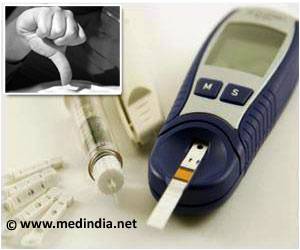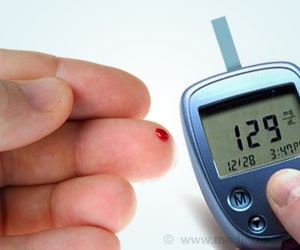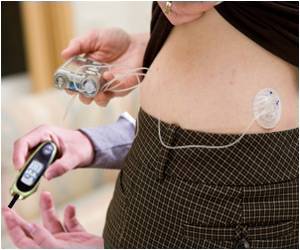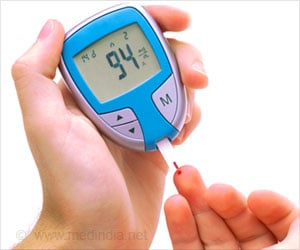A 10-times increased exposure to organic pollutants is associated with a 4.4 times increased risk of a pregnant woman developing gestational diabetes.

Exposure to endocrine disrupting chemicals such as POPs has been linked to type 2 diabetes and metabolic disturbances in epidemiological and animal studies, but little is known about POPs exposure during pregnancy and the development of gestational diabetes mellitus (GDM).
Dichlorodiphenyldichloroethene (DDE-a breakdown product of DDT) and hexachlorobenzene (HCB) are synthetic chemicals that were used widely as pesticides, while PCBs were used in many industrial processes. These chemicals have been banned for decades but remain in the environment where they bioaccumulate in the bodies of animals and humans. The authors determined the concentrations of several PCBs, DDE, and HCB in first trimester maternal serum by mass spectrometry. Pregnant women were screened for gestational diabetes mellitus (GDM) between 24 and 28 weeks of gestation.
The authors conclude that these findings suggest that women with high PCBs levels in early pregnancy had higher risk for gestational diabetes. Further studies are needed to replicate these results and to evaluate potential biological mechanisms underlying the observed associations. The study is presented at the meeting of the European Association for the Study of Diabetes in Stockholm.
Source-ANI















